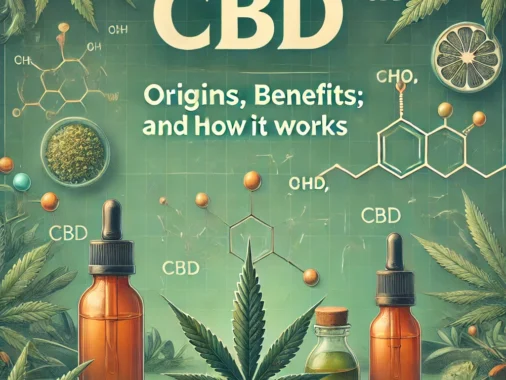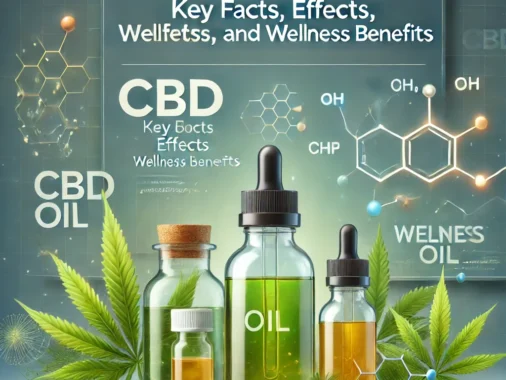As the cannabis industry continues to evolve, two cannabinoids are making waves in the wellness world: CBG (Cannabigerol) and CBD (Cannabidiol). While CBD has dominated the market in recent years, CBG is emerging as a promising alternative with unique benefits. This comprehensive guide breaks down the science, benefits, and differences between these two powerful compounds.
CBD
CBG
- Anxiety and stress relief
- Pain and inflammation reduction
- Improved sleep quality
- Neuroprotective properties
- Potential antibacterial effects
- Appetite stimulation
- May support bladder health
- Possible neurogenesis promotion
Indirect interaction with CB1 and CB2 receptors, modulates serotonin receptors, influences vanilloid receptors (TRPV1)
Direct agonist of CB1 and CB2 receptors, interacts with α-2 adrenergic receptors, inhibits GABA uptake
- Oils/tinctures
- Capsules
- Topicals
- Edibles
- Vape products
- Oils/tinctures
- Capsules
- Combination products (with CBD)
Key Differences Between CBG and CBD
Origin in the Plant
CBG is often called the “mother cannabinoid” because it’s the precursor from which all other cannabinoids are synthesized. CBD is one of the many cannabinoids derived from CBGA (the acidic form of CBG).
Availability
CBD is abundant in mature cannabis plants, while CBG is typically found in much smaller quantities (usually less than 1%). This makes CBG products generally more expensive to produce.
Research Status
CBD has been extensively studied with thousands of research papers. CBG research is still in early stages, though preliminary results are promising for several applications.
The Entourage Effect: CBG and CBD Together
Emerging research suggests that cannabinoids may work better together than in isolation – a phenomenon known as the “entourage effect.” Many experts recommend products that combine CBG and CBD for enhanced benefits:
Potential increased anti-inflammatory effects
Improved neuroprotective properties
Enhanced relief for certain types of pain
Frequently Asked Questions
CBG isn’t necessarily “stronger” than CBD, but it works differently in the body. While CBD has more indirect effects on the endocannabinoid system, CBG directly interacts with CB1 and CB2 receptors. The effects depend on what you’re using them for – some people find CBG more effective for certain applications like appetite stimulation.
Yes, many people combine CBG and CBD for enhanced benefits. There are no known negative interactions between the two cannabinoids. In fact, they may work synergistically through the entourage effect. Start with low doses of each when combining them to assess your individual response.
Pure CBG and CBD shouldn’t cause a positive drug test for THC. However, some products may contain trace amounts of THC, especially full-spectrum products. If drug testing is a concern, look for broad-spectrum or isolate products that have been third-party tested to verify 0% THC content.
Which One Should You Choose?
The choice between CBG and CBD depends on your individual needs and goals. CBD is more widely available and has more established research backing its use for anxiety, pain, and sleep issues. CBG shows promise for specific applications like antibacterial uses, appetite stimulation, and potentially neuroprotection, though research is still developing.
Many wellness experts suggest that the future of cannabinoid therapy lies in tailored combinations of multiple cannabinoids rather than single-compound products. As always, consult with a healthcare professional before starting any new supplement regimen, especially if you have existing health conditions or take medications.




